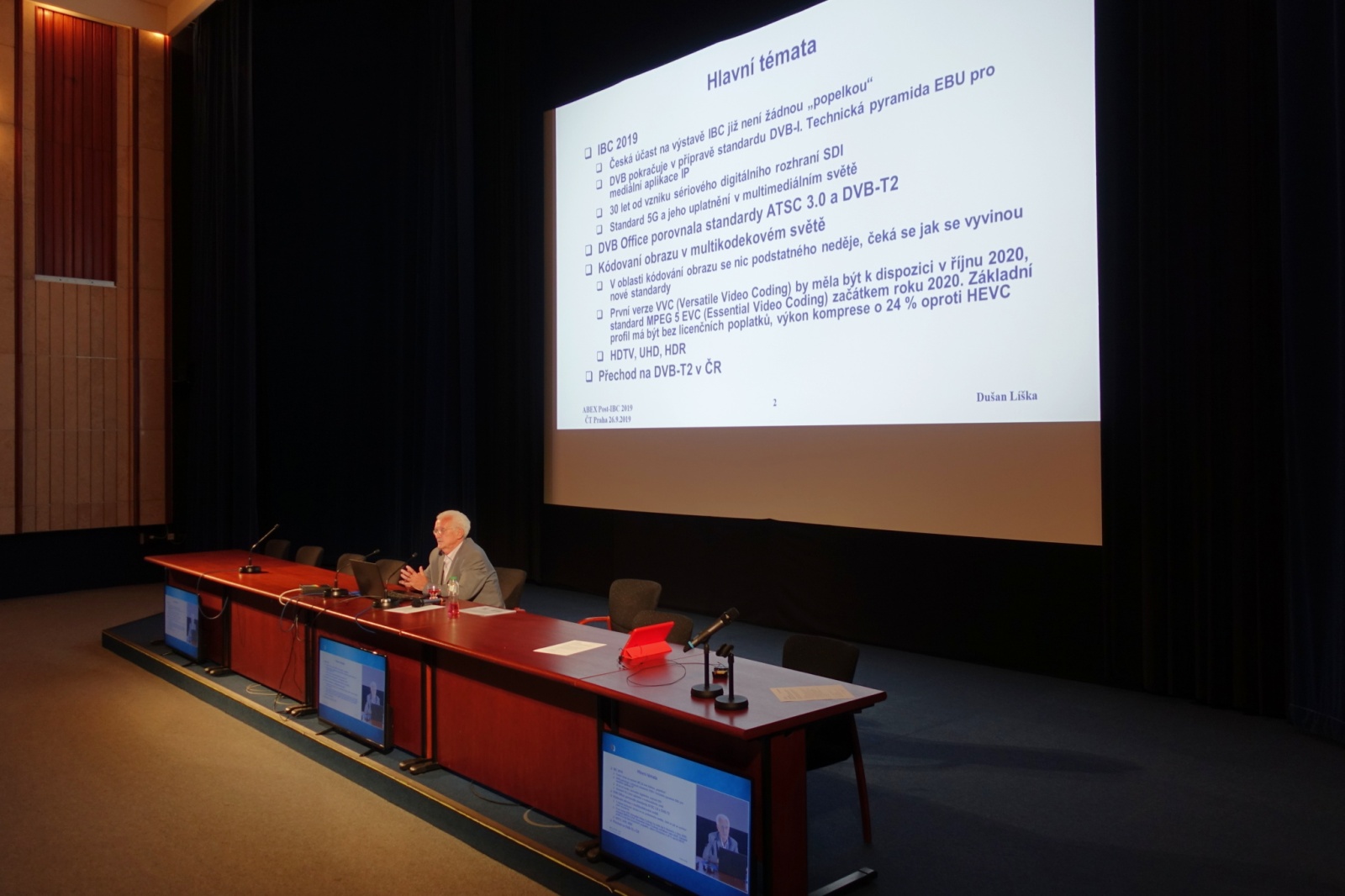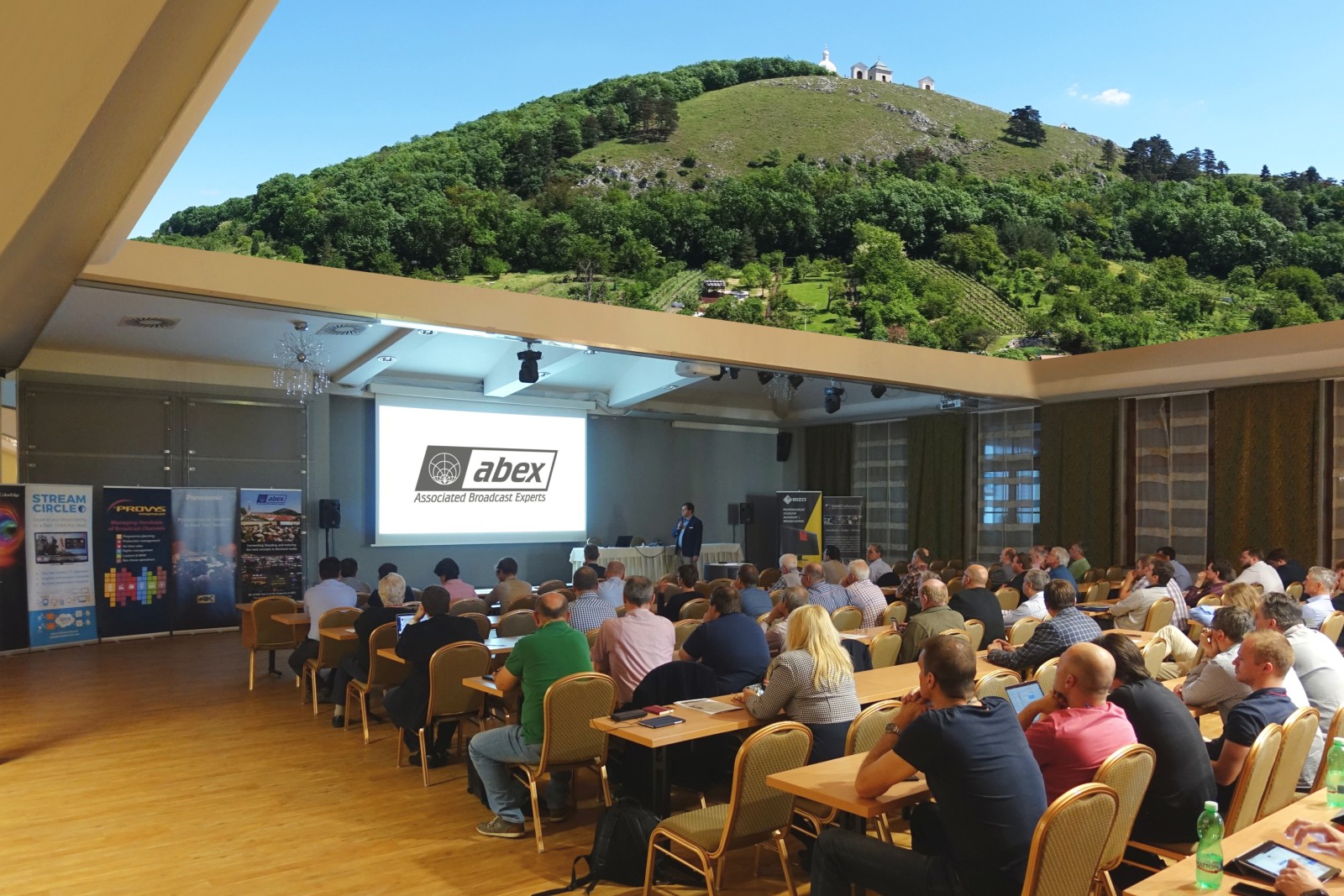
Picture: Hard or soft, I’m your man.
When it comes to breakdowns, continuous broadcasting is even more critical than Charlie Chaplin’s assembly line in the film, Modern Times.
Broadcast technology support means services to entitled users, providing help for particular problems with a product or service, as opposed to training, customisation, etc. Technical support is standard for services and products either inclusive or for an additional cost. Technical support may be delivered by phone, e-mail, SMS, on-line chat, support forums or through a portal for software, or by the physical intervention of a highly skilled expert in the case of hardware (see the picture). Large broadcasters and media companies often have their own support staff.
In the traditional, hardware-oriented, linear broadcasting world, products were delivered as boxes. Today, in the on-demand age, products are delivered mainly as software or as a service. Consequently, hardware margins have shrunk dramatically, creating a difficult situation for previously pampered broadcasters used to enjoying free support. According to IABM’s recent survey regarding investments in media technologies, after sales support ranked among the top five strategic purchase drivers. ABEX Society therefore organised a first broadcast technology support breakfast for CEE support managers and developers to exchange information and experience on this topic. Because of time limitations, the unexpectedly long and rich discussions had to be curtailed early in the midst of our extremely interesting talks. Many important themes were discussed, most of them concerned support of systems installed on premise. Firstly, the selection of support management software, usually called “help-desk software”, was raised. Close to one hundred famous names appeared in the top ranking of such solutions (full list here: capterra.com), with Jira seeming to be the favourite. These help-desk solutions were appraised from the perspective of licensing, functionalities, costs, alert and escalation management, self-service portal, ticket management, etc. A second priority topic was the preferred methodology to use in support management which is directly linked to both the broadcast solution and the help-desk software. Further major theme was the question of time zones and how to support global clients when the supplier is not a global company. As an example, one participant had support offices in Europe and the Far East, thus covering the Americas on a 50/50 basis during the day from one base and then the other.
“Important issue is how to coordinate communications and sharing of information between the support team and the development team”

“Another important issue is how to coordinate communications and sharing of information between the support team and the development team” said Lukas Kotek, CTO, Octopus Newsroom. This was considered to be critical as the support team very often hold the key to current bugs in the system which require immediate attention from the developers. Colleagues at the breakfast agreed that there is nothing worse than putting a patch on a bug in the system without due regard to the consequences in other parts of the system, and first class communication is crucial to minimising this risk. Finally, the topic of remote support was discussed as there are more and more software-based solutions. Troubleshooting possibilities via remote desktop connections are standard today except in the biggest and most sensitive organisations on account of security concerns. Such concerns may even require supplier’s support staff on-site. Normally, software can be fixed remotely, but broken hardware can sometimes only be diagnosed and worked around. It must, however, be repaired or replaced on-site. In most broadcasting systems, a component failure may not render the whole system defunct, since a replacement stand-by facility is usually available. However, an on-site replacement must be effected as soon as possible because the failure of the backup component will almost certainly cause the whole system to crash.
SaaS (Software as a Service) and different tiers of technical support were also popular themes over breakfast and we will address them fully in a subsequent article.





















